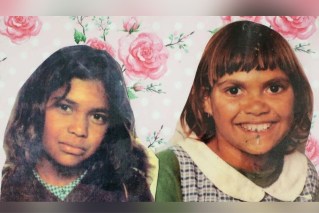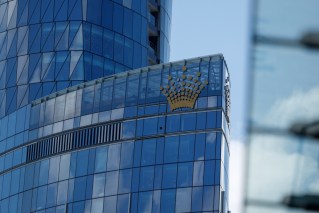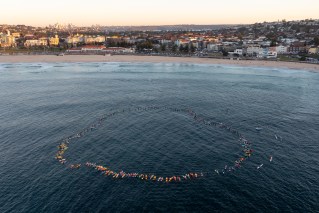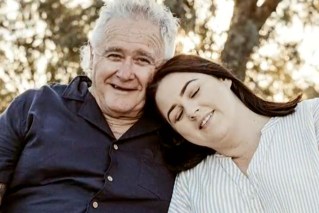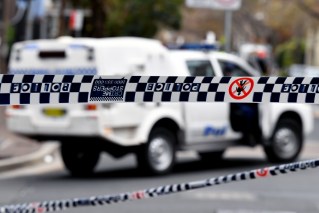Bondi Beach lifesavers recreate 1930s mass rescue
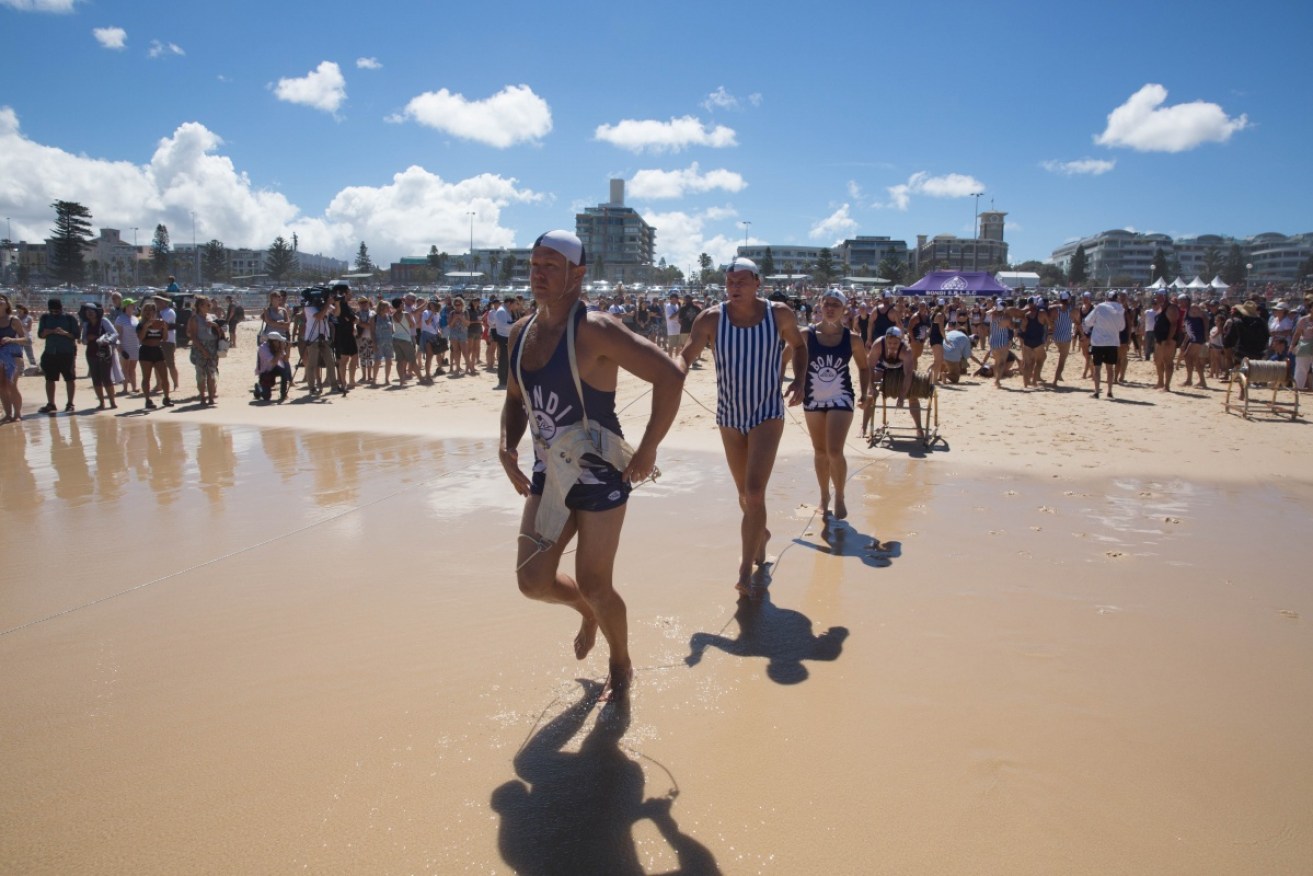
Lifesavers recreate Bondi Beach's most tragic day. Photo: Getty
Lifesavers at Sydney’s Bondi Beach have commemorated Australia’s largest mass surf rescue on the 80th anniversary of the tragedy.
About 250 swimmers were swept out into the deep on what became known as Black Sunday – February 6, 1938 – when the backwash from three enormous waves took them by surprise.

An archival picture of the mayhem on the beach. Photo: North Bondi SLSC
What’s believed to have been a flash rip resulted in 35 unconscious patients and five drowning deaths.
On Sunday, those scenes of panic were re-enacted as lifesavers demonstrate the remarkable rescue mission using primitive technology of the late 1930s.
“It was quite an operation,” said President of Bondi Surf Bathers’ Life Saving Club Jacob Waks.
Only one survivor is believed to be still alive. Norma Allerding, 96, was washed out to sea when she was swimming at Bondi as a teenager.
“It is a day I will never forget. All of a sudden this huge wave came and we were tossed around and my father was panicking because I wasn’t a strong swimmer,” she said from her nursing home.

Norma Allerding, 96, is believed to be the only survivor of the 1938 tragedy. Photo: ABC
“It was horrific, it was pandemonium everywhere.”
Ms Allerding said her father was the reason she was alive after he alerted a Lifesaver.
“He thought I needed help and called them over to put me on the surfboard, so that’s how I was saved,” she said.
Long before the days of jetskis and inflatable rescue boats, lifesavers used heavy wooden boards.
However their prime pieces of equipment were heavy wooden frames that fed spools of rope out to people in trouble.
While one rescuer was attached to the rope on a belt and swam out, the tool required five people to operate it and on Black Sunday seven spools sprang into action.
“There were a lot of accounts of people pulling on the ropes and jumping on others to try and get themselves to safety,” Mr Waks said.
To make matters worse, many desperate rescuers ran in without any equipment and one of the fatalities was a member of the public who tried to help.
“That’s something that we try to communicate – that you need to be careful of your own skill level too,” Mr Waks added.
He said Black Sunday affected not only modern-day rescue techniques but boosted the level of awareness.
“There are a lot of reports of people that were visiting Australia and they took it back with them to their countries, saying that this is a volunteer system,” Mr Waks said.
There’s not too many services in the world where you’re getting volunteers saving other people’s lives.”
Announcements and signs on Bondi Beach warned beachgoers that the mass rescue was not a real emergency.
The re-enactment began at 3pm with the lifesavers’ bell ringing three times – the signal for a mass rescue.
North Bondi Surf Life Saving Club President Mark Cotter said he was happy to see both of Bondi’s surf clubs working together again.
“It was great to see North Bondi and Bondi surf clubs working together today, much in the same way the two clubs put their friendly rivalry to one side in 1938 to ensure the largest mass rescue in Australian history didn’t result in a far larger fatality number,” Mr Cotter said in a statement.
-AAP, ABC

